Prolonged HPA axis dysregulation in postpartum depression associated with adverse early life experiences: A cross-species translational study
- PMID: 38736646
- PMCID: PMC11087073
- DOI: 10.1038/s44220-024-00217-1
Prolonged HPA axis dysregulation in postpartum depression associated with adverse early life experiences: A cross-species translational study
Abstract
Childhood and adolescent stress increase the risk of postpartum depression (PPD), often providing an increased probability of treatment refractoriness. Nevertheless, the mechanisms linking childhood/adolescent stress to PPD remain unclear. Our study investigated the longitudinal effects of adolescent stress on the hypothalamic-pituitary-adrenal (HPA) axis and postpartum behaviors in mice and humans. Adolescent social isolation prolonged glucocorticoid elevation, leading to long-lasting postpartum behavioral changes in female mice. These changes were unresponsive to current PPD treatments but improved with post-delivery glucocorticoid receptor antagonist treatment. Childhood/adolescent stress significantly impacted HPA axis dysregulation and PPD in human females. Repurposing glucocorticoid receptor antagonists for some cases of treatment-resistant PPD may be considered.
Conflict of interest statement
Competing Interests Statement The authors declare no competing interests.
Figures

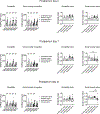
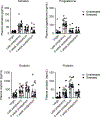

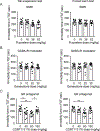
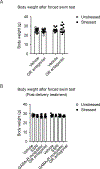
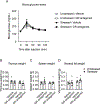
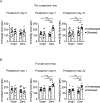
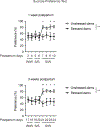


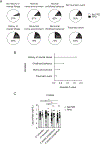
References
Grants and funding
LinkOut - more resources
Full Text Sources
